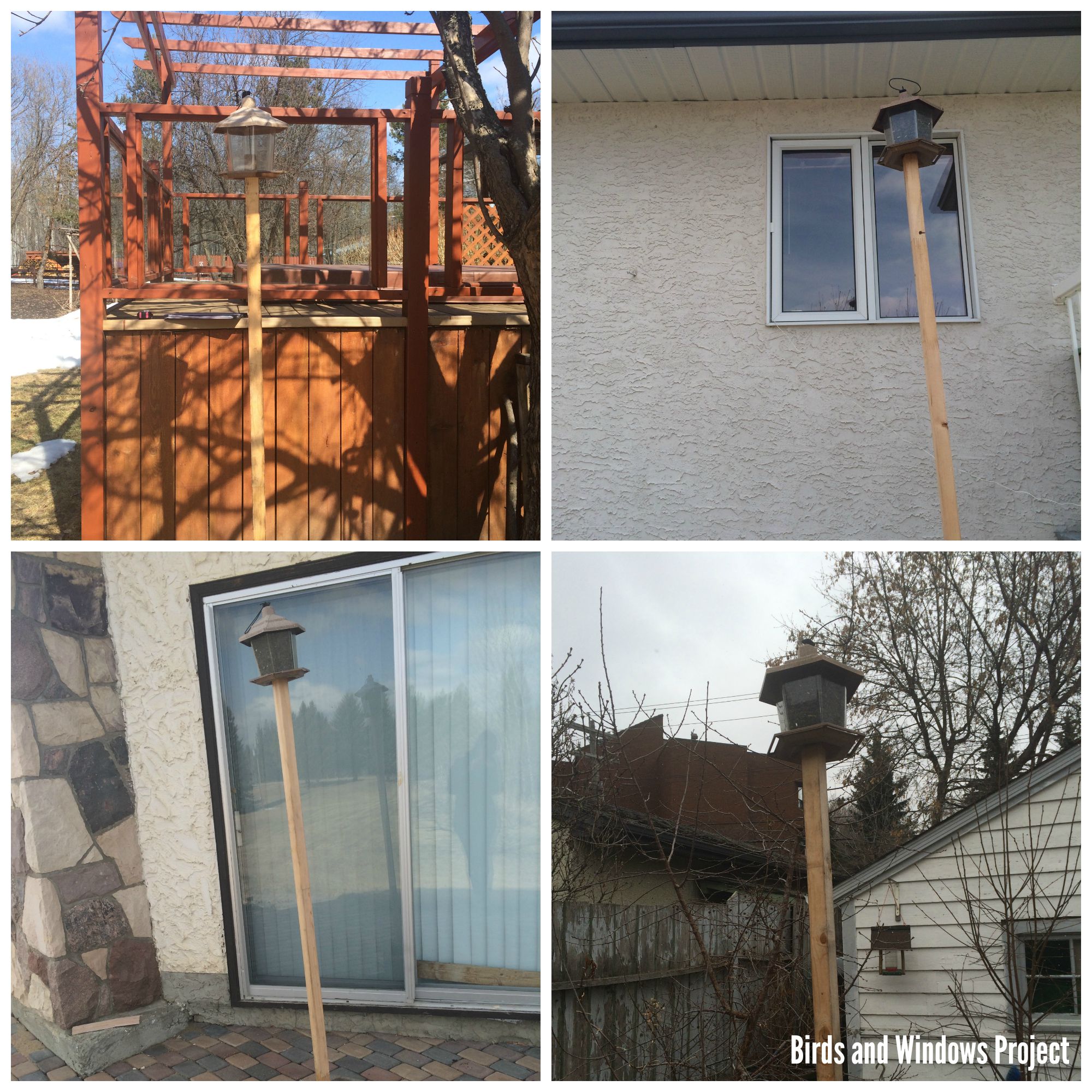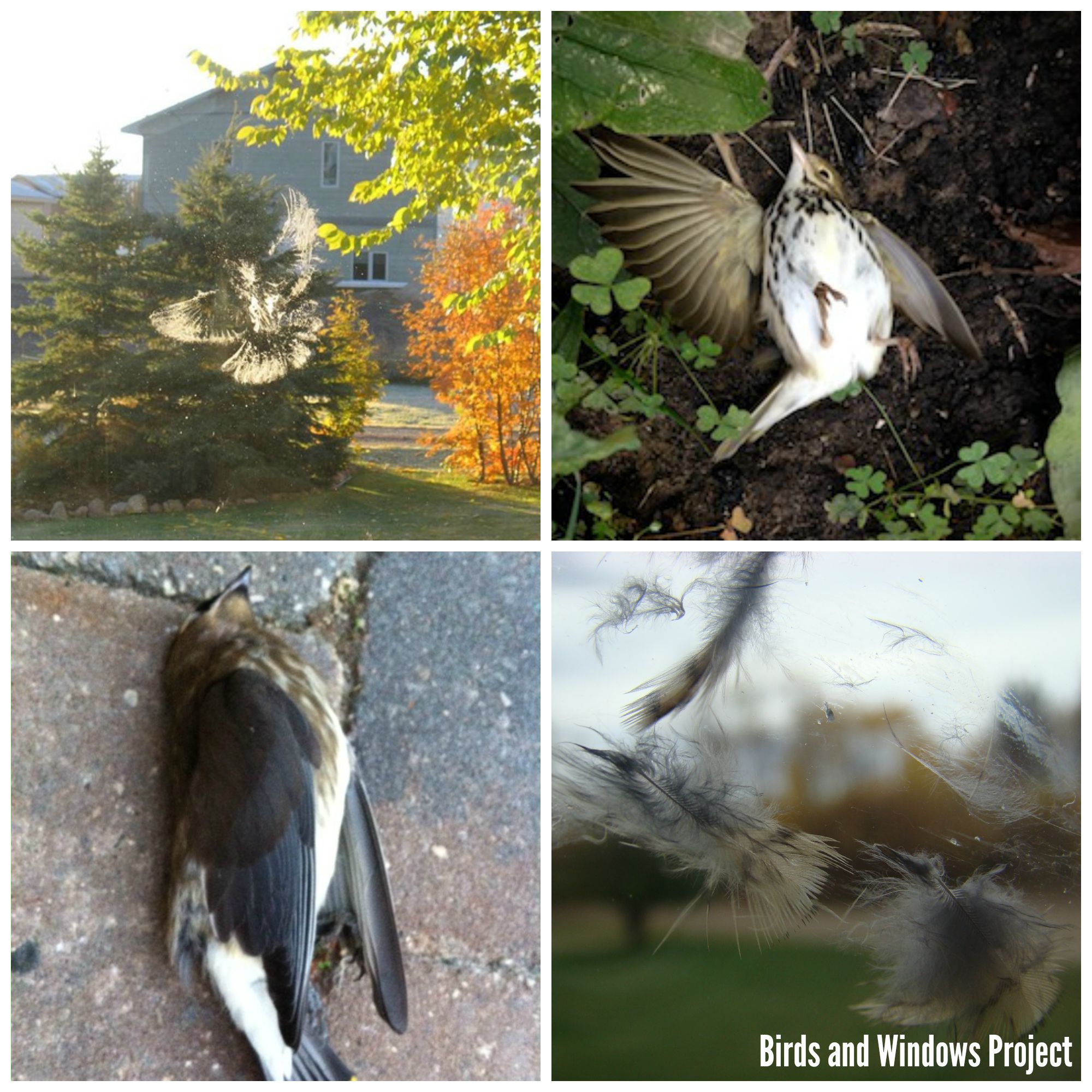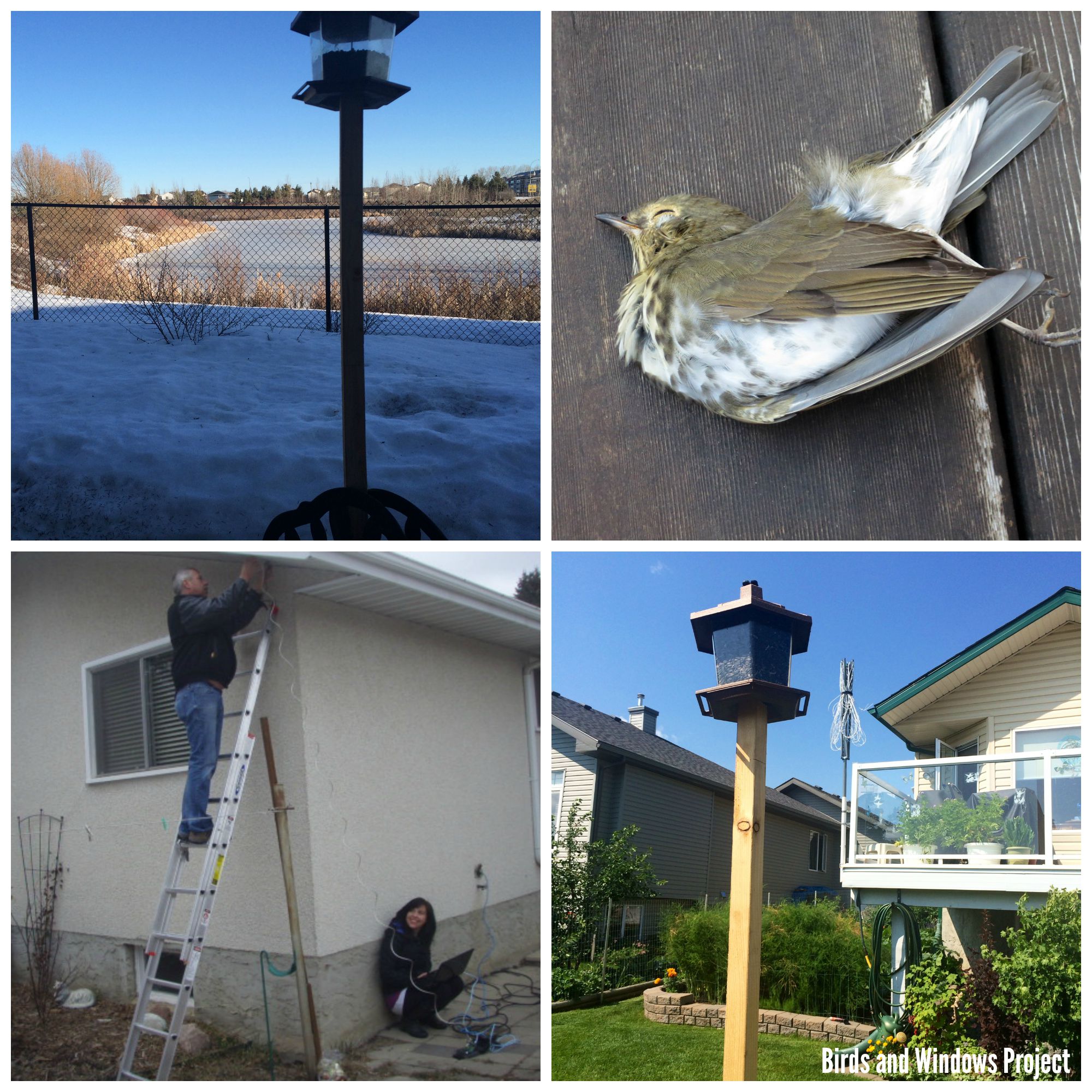Here’s the first post discussing the results of my Birds and Windows project. Today I will focus on how the results from this study compare to the previous study conducted at the University of Alberta on bird-window collisions at houses.
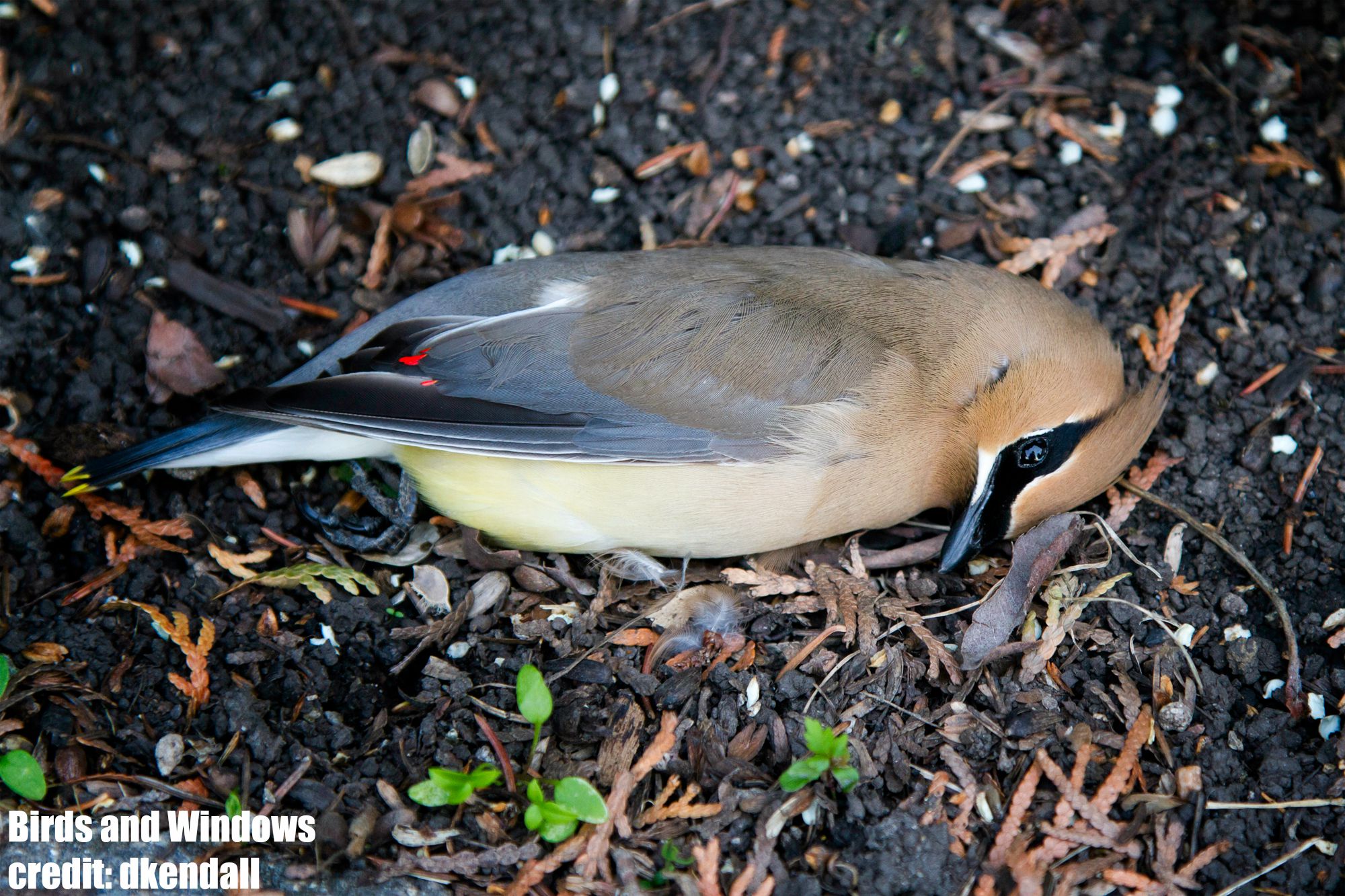 Every year a large number of birds die when they collide with windows. The actual number however is difficult to estimate. Previous attempts to estimate bird-window collision rates in Canada have relied heavily on a study where homeowners were asked to recall whether or not they could remembered a bird colliding with a window of their home in the past year. This was the first bird-window collision study to use citizen science, or members of the general public to conduct their research. However, this study relied entirely on memory and there were a number of potential issues.
Every year a large number of birds die when they collide with windows. The actual number however is difficult to estimate. Previous attempts to estimate bird-window collision rates in Canada have relied heavily on a study where homeowners were asked to recall whether or not they could remembered a bird colliding with a window of their home in the past year. This was the first bird-window collision study to use citizen science, or members of the general public to conduct their research. However, this study relied entirely on memory and there were a number of potential issues.
We built upon this study and their recommendations for future research by creating a citizen science project where homeowners reported on previous bird-window collisions at their home and then actively searched for collision evidence at houses and apartments for an extended period. The Birds and Windows project was born. Our main objective was to see how standardized approaches to data collection compared to memory recall.
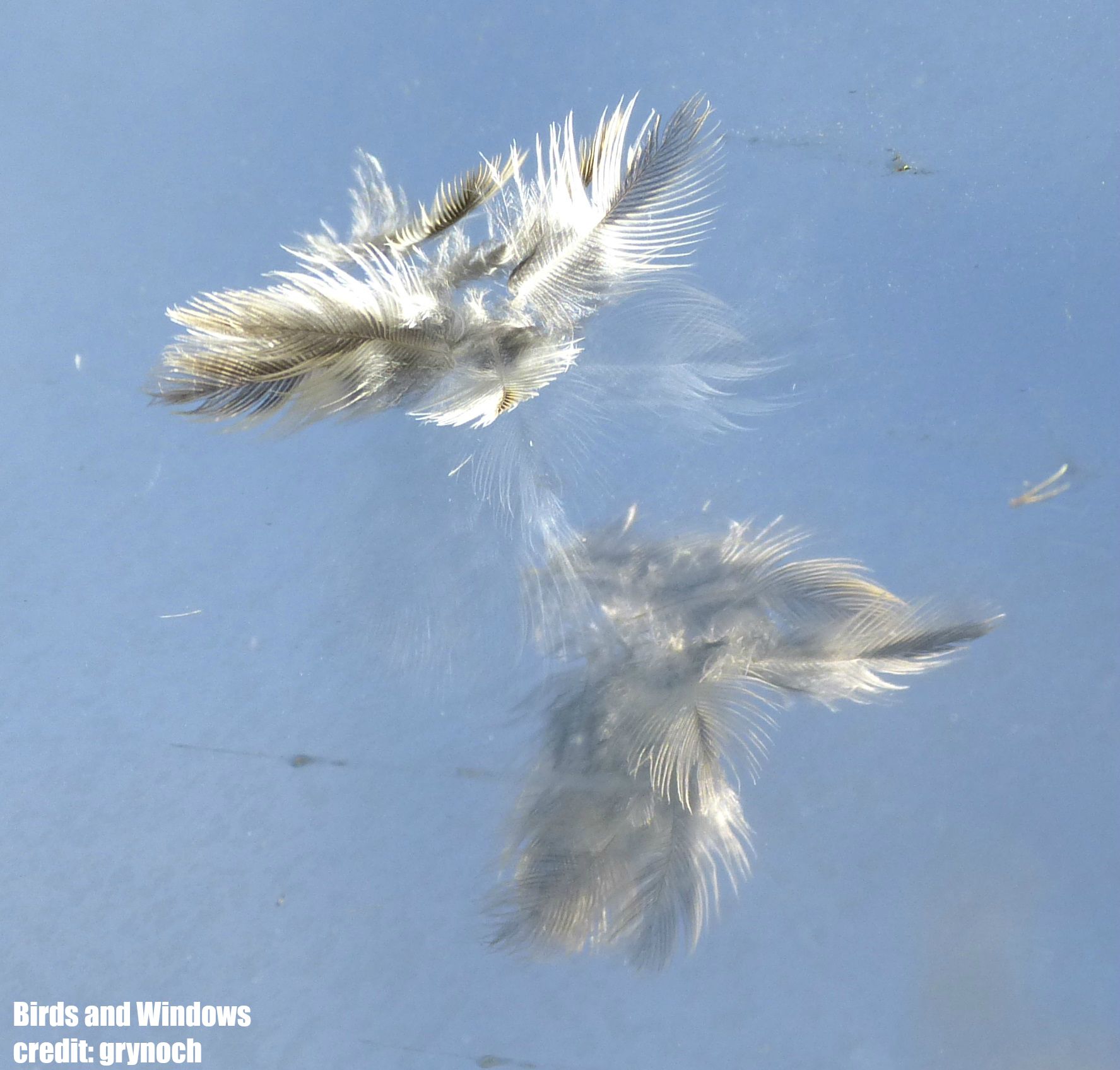 1315 participants registered with the project since September 2013. 93% of homeowners were from Canada but there were also a handful of participants from the United States, the United Kingdom and other various countries. Within Canada, 81% of homeowners were from Alberta.
1315 participants registered with the project since September 2013. 93% of homeowners were from Canada but there were also a handful of participants from the United States, the United Kingdom and other various countries. Within Canada, 81% of homeowners were from Alberta.
Based on homeowner searches rural residences with a feeder had a 91.7% probability of a collision occurring, this was greater than rural residences without a feeder (69.2%), urban residences with a feeder (50.5%), urban residences without a feeder (33.9%), and apartments (25.0%). The types of houses with the highest number of collisions were similar between all studies and methods.
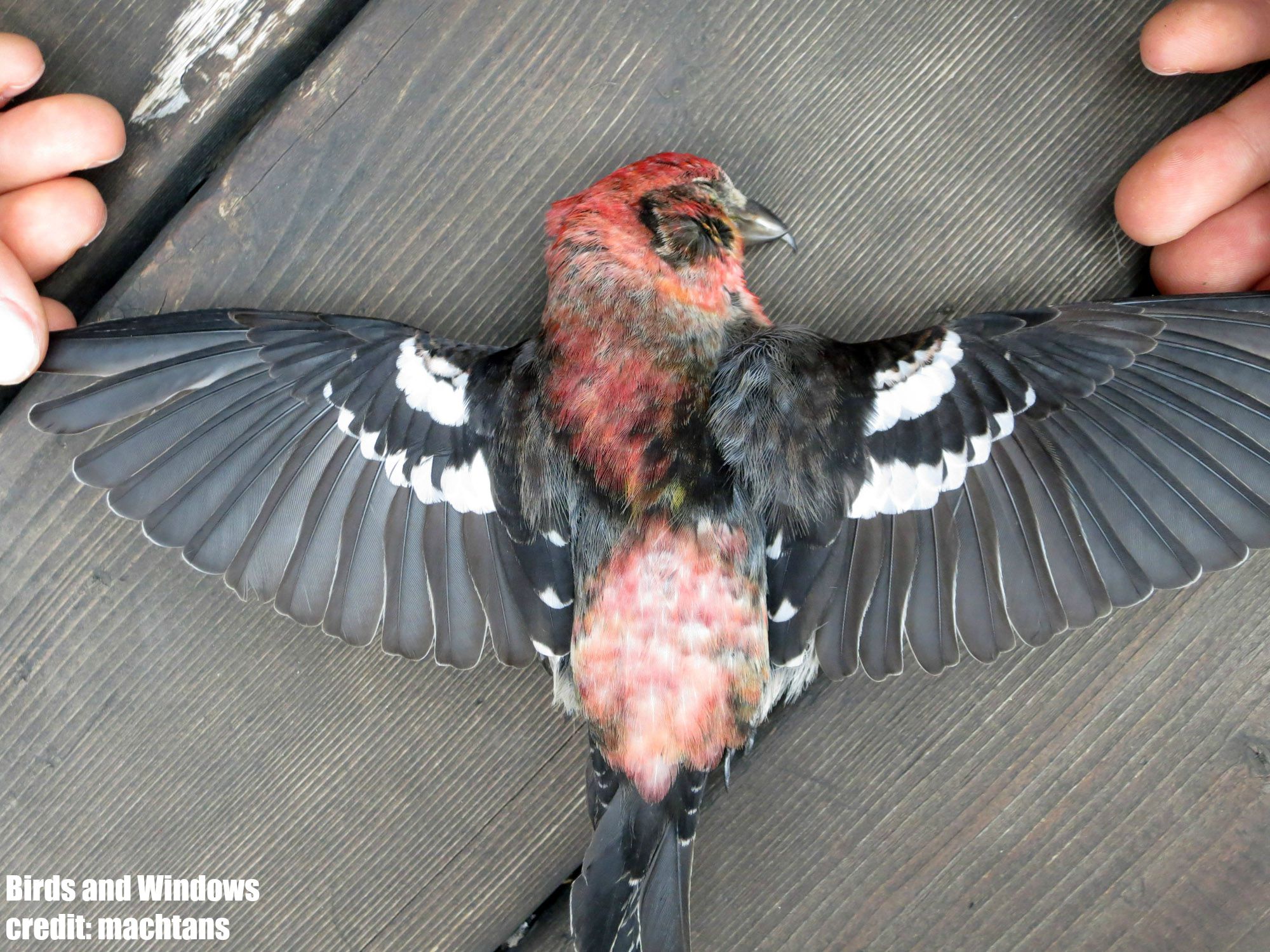 We compared absolute collision estimates as well as relative differences between residence types and found considerable differences in absolute values of collisions but similar rankings of collision rates between residence types. Collision rates based on memory recall in our study (56.5%) were very similar to the previous Bayne et al. (2012) study where 50.5% of participants remembered a bird colliding with a window at some time in the past. Fatality estimates however were 1.4 times higher in Bayne et al. (2012) than our study based on standardized searches however.
We compared absolute collision estimates as well as relative differences between residence types and found considerable differences in absolute values of collisions but similar rankings of collision rates between residence types. Collision rates based on memory recall in our study (56.5%) were very similar to the previous Bayne et al. (2012) study where 50.5% of participants remembered a bird colliding with a window at some time in the past. Fatality estimates however were 1.4 times higher in Bayne et al. (2012) than our study based on standardized searches however.
This suggests that memory recall-surveys may be a useful tool for understanding the relative importance of different risk factors causing bird-window collisions which is essential for creating effective mitigation strategies. Citizen scientists were essential in conducting this study and we argue that until there’s a more technological solution, citizen science is the most cost-effective option for achieving the sample sizes required in real-world scenarios. Shifting from estimating the magnitude of the problem to using citizen scientists to help solve the problem of bird-window collisions should become a focus of future research and conservation efforts.
Literature Cited
Bayne, E. M., C. A. Scobie, and M. Rawson-Clark. 2012. Factors influencing the annual risk of bird-window collisions at residential structures in Alberta, Canada. Wildlife Research 39:583-592.

